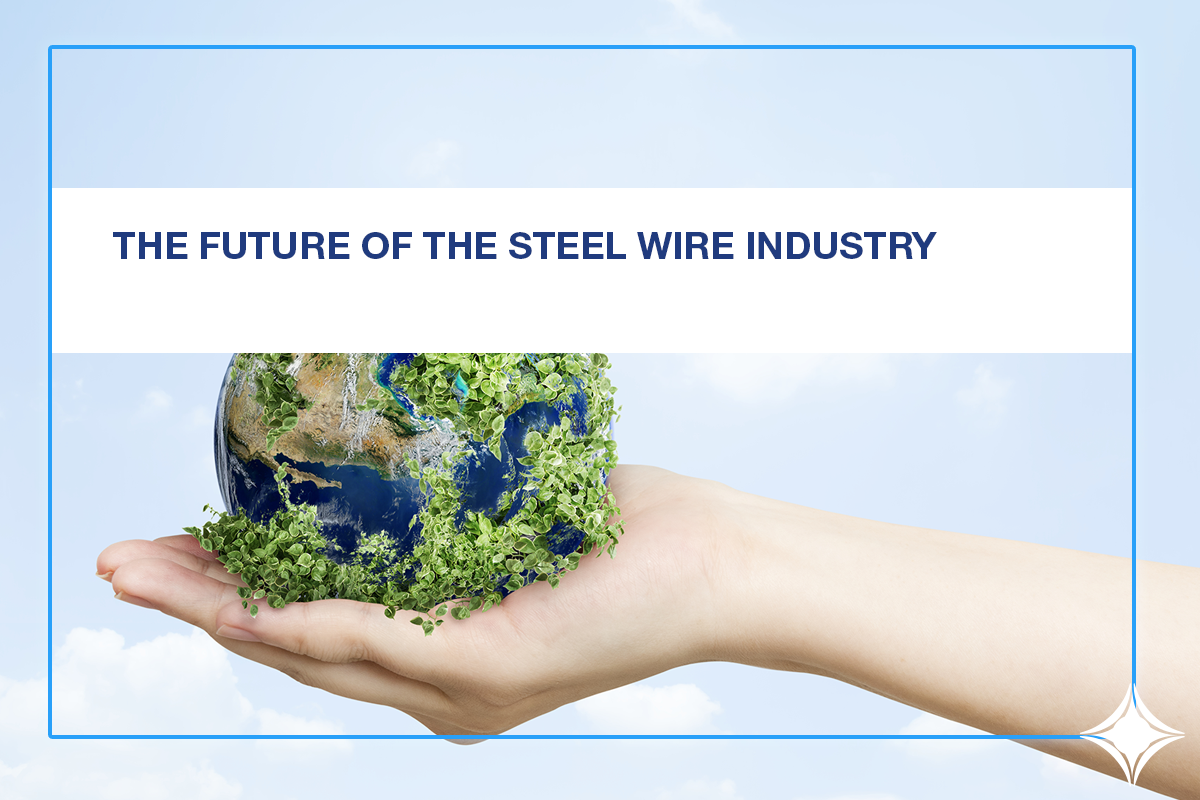The Future of the Steel Wire Industry
The future of the Steel Wire industry, and that of the entire steel industry, promises major changes, especially in the ways in which the industry can transform itself to grow sustainable, in addition to achieving better management and use of resources, such as with scrap recycling.
In addition to this, the effects of the crisis faced by the sector in the years 2020 and 2021 due to the cessation of activities throughout the world, the increase in prices and tariffs, and other challenges such as the lack of supplies, are still felt at a global level; yet a significant recovery is expected, especially in those countries with weaker economies.
The Most Important Challenge Ahead: Reducing CO2 Emissions
Steel Wire and other steel products can be found in practically all areas of modern life: from common accessories such as clothes hangers to automobiles, or as support for concrete in construction; hence its significant impact and the need to develop more environmentally friendly production and logistics processes.
Today it is estimated that at least 70% of the steel produced in our country is made in sustainable ways, that is, by means of electric smelting furnaces that do not depend on fossil fuels and that also generate up to 75% less emissions; it is expected that in the future this form of production will account for the entire sector.
More Steel Recycling Globally
Currently, much of the steel in the United States is produced from scrap recycling, this being a sustainable alternative to reduce the exploitation of resources. This trend is expected to grow globally, generating a wellness chain of low environmental impact.
An estimate of at least five hundred million tons of steel are recycled globally, which are used to generate new by-products such as Steel Wire, which in turn is used to produce Pencil Rod, Wire Mesh or PC Strand (the which are used in construction), or for example Bright Basic Wire, which has a large number of industrial applications such as car parts or supermarket carts.
An automated industry
Altogether with the use of new devices in production, technology can also be used to automate processes and make them more agile, profitable and functional. The sector is also expected to start generating more data intelligence.
At a general level, this does not imply a loss in job numbers, but rather the need for greater specialization of the workforce and the use of technology to make jobs more efficient, and processes much faster and more environmentally responsible.
.
